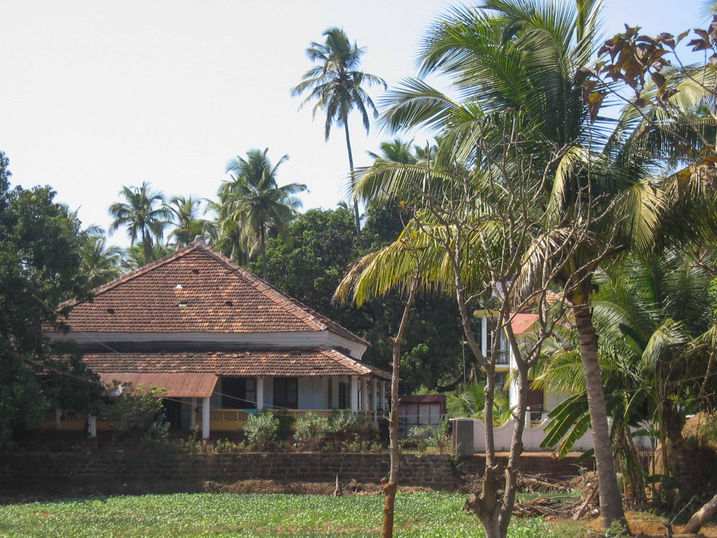Impressions of South India
One could suggest that 'South India' is simply the tip of the subcontinent, or the Southern half of the large triangle which protrudes from the Himalaya into the Arabian Sea and the Indian Ocean; or one could also consider to belong to 'South India' anything South of Mumbai and Chennai (formerly Bombay and Madras). In fact, there is no such thing as a clear definition of what South India actually is. Here, we simply bring together under the denominator of 'South India' the States of Karnataka, Tamil Nadu and Kerala, and we add the former Portuguese colony of Goa. Throughout the past, those regions have quite frequently belonged to the same Empires, so they inevitably have intertwined histories, regardless whether those ancient States had established their capitals in Karnataka, with Mysore or Bangalore, or in Tamil Nadu, with Kanchipuram or Madurai. In fact, it all hardly matters: however you define 'South India', it will in any case be startlingly diverse of landscape, culture, food, religion, mentality. And this is what we are about to explore. Ancient, magnificent Dravidian temples and palaces of the Mysore Empire, tall and colourful gopuram temple towers of Tamil architecture, churches where Kerala's Christian communities flourish since they were founded in the very first century AD, ancient Jewish quarters in Kochi, fishing villages on the shores of the Indian Ocean, brackish Backwaters lagoons near Kottayam in Kerala, the influence of five centuries of Portuguese colonisation in Goa and two centuries of British rule in the tea plantations of Periyar. Let's travel through South Indian time and space, and take a glimpse of the colourful and fascinating spectacle which so exuberantly, generously and surprisingly unfolds.
Before visiting the place of your choice:
The wide Kaveri River flows just North of Thanjavur past the village of Tiruvaiyaru, where the Ayiarappar Temple was built on the spot where according to legend and Hindu religion the Ninda was born, the bull attendant of Shiva. The oldest parts of the temple were constructed in the 9th century under Chola government, but later dynasties of Pandya, Nayak and Maratha also added structures to the complex, including the gopuram entrance towers and the impressing water tank.

© 2020.Created by Marc Van den Reeck with Wix.com























